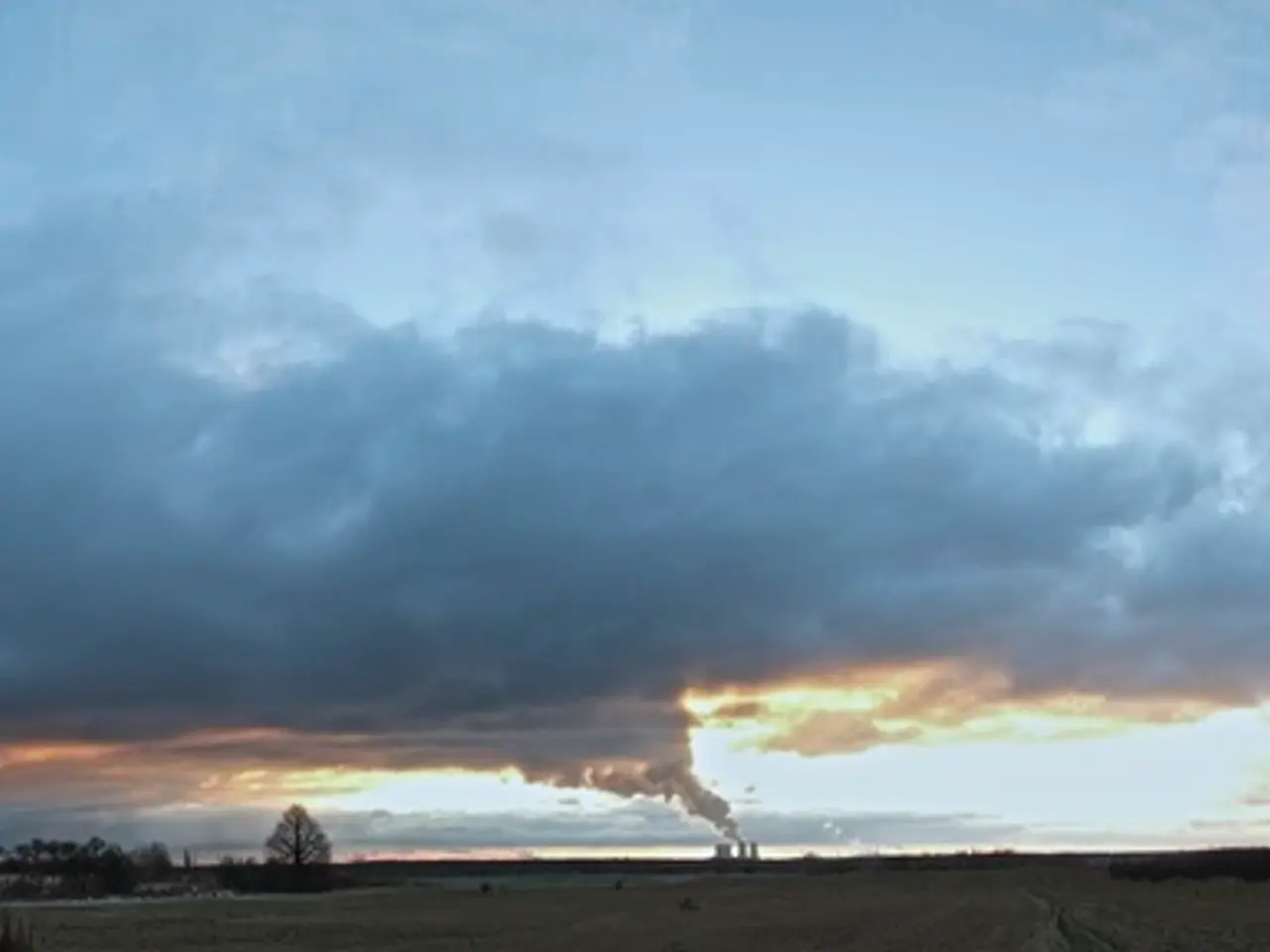Traffic restrictions implemented in Île-de-France prefecture from Thursday due to an episode of increased ozone pollution
Heatwave and Ozone Pollution Episode Leads to Additional Measures in Île-de-France
The ongoing heatwave and ozone pollution episode in Île-de-France, France, has led to several additional measures being implemented to mitigate its effects. Here's a breakdown of the new measures, associated health risks, and recommendations.
Additional Measures
- Speed Limit Reductions: Maximum speed limits have been reduced on all roads in the Île-de-France region, effective from 5:30 a.m. to midnight, to reduce emissions and alleviate pollution[1].
- Traffic Restrictions: Motorists are required to slow down within the perimeter of the A86 motorway, and transiting heavy goods vehicles over 3.5 tonnes must bypass the capital via the Île-de-France ring road[1].
- Roadside Checks: Planned to ensure compliance with traffic restrictions[1].
- Teleworking and Carpooling Encouraged: People are advised to avoid driving, carpool, or telework whenever possible[1].
- Staying Indoors: Residents, especially the vulnerable, are recommended to stay indoors during the hottest hours[1].
Health Risks
- Ozone Pollution: The heatwave favors the creation of ozone pollution, which severely affects air quality. This can lead to respiratory issues and other health problems, particularly for vulnerable populations such as the elderly and those with pre-existing respiratory conditions[1].
- Heat Stress: Prolonged exposure to high temperatures and tropical nights can cause dehydration and heat stress. The lack of cool nights exacerbates these risks[3].
- General Health Risks: Both heat and ozone pollution can increase the risk of cardiovascular diseases and exacerbate existing health conditions[1][3].
Recommendations
- Stay Hydrated: Drink regularly to avoid dehydration[3].
- Cool Down Frequently: Take breaks to cool off several times a day[3].
- Limit Exposure: Reduce exposure to heat by staying indoors during the hottest parts of the day[3].
These measures aim to reduce pollutant emissions in the atmosphere. The prefecture recommends limiting car travel and exposure to pollution, particularly for vulnerable individuals. Airparif, an association that monitors air quality in Ile-de-France, predicts a persistent ozone pollution episode.
Heat records have been broken in France in recent days, with temperatures reaching 39.8°C in Nevers and 39.7°C in Saint-Michel-de-Maurienne. The persistent ozone pollution episode has led to traffic restrictions starting on August 14th in Ile-de-France, including Paris. The measures are in addition to the traffic restrictions previously implemented.
[1] Source: Prefecture de Police de Paris [2] Source: SANTE Publique France [3] Source: Météo France
Read also:
- Symptoms of Thrombophlebitis Include: Pain, Inflammation, Redness, and Various Other Markers
- Chest Pain Caused by Compressed Nerves: A Possibility Explored
- Incidence and risk factors associated with cystic fibrosis: A statistical overview
- Hypothyroidism in Canines: A Comprehensive Look, Written by Catherine Barnette, DVM, and Reviewed by Emily Oliver, CVT on 07/31/2025. Published on 07/21/2023. Sharing options include Facebook, Twitter, Email, and Print.






